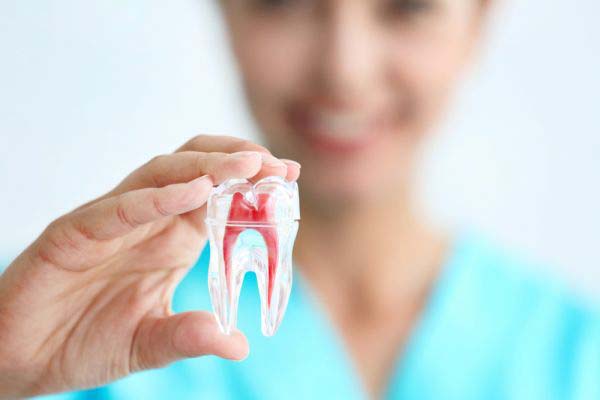Dental Inlays vs. Fillings: A Complete Guide

Dental inlays and fillings are both used to restore damaged teeth, but that is where the similarities end. If your tooth is decayed or cracked, your dentist will examine it and help you determine if you should get an inlay or filling. Learn more about the two procedures to understand how they differ.
Understanding inlays and fillings
Before choosing between fillings and inlays, patients are encouraged to examine both options. This makes it easier to choose between the two.
Dental fillings
Dental fillings are commonly used to restore teeth that have cavities. The dentist uses a laser or drill to remove the decay. Then, the dentist directly fills the empty space with a filling. Dental fillings can be made of porcelain, silver amalgam, composite resin and other materials. Once the tooth is filled, the patient can go home and resume normal activities. It only takes a single appointment to get a dental filling.
Dental inlays
Dental inlays are an indirect restoration. Instead of applying the restoration directly to the tooth in a single appointment, the dentist must prepare the tooth, make an impression and send it to a dental laboratory. The laboratory creates an inlay that is the size and shape of the empty space left behind after the damaged area is removed. While dental fillings are placed in a tooth, inlays are cemented in place. Inlays are made of dental composite or ceramic/porcelain and are very durable. The combination of the inlay material and the cement adds additional strength to the tooth.
Tooth strength with inlays and fillings
Strengthening the tooth is the goal of all dental restorations. Strong teeth are less likely to break and crack. Therefore, people have a reduced risk of needing future restorations.
When there is only a small amount of decay and the tooth’s structure is strong, a dental filling can work. However, fillings are not meant to be used when extensive restorations are needed. Fillings do not provide additional strength to teeth, so breakage is possible. Dental inlays strengthen the teeth by as much as 75 percent. This allows people to preserve their natural teeth, even when they have extensive decay or damage.
Durability of the restoration
People like their dental restorations to last. Composite fillings typically last for up to seven years. At that point, the patient will likely need to have the filling replaced. Silver anagram fillings can last for 12 years, but these fillings respond to changes in temperature. They might get bigger or smaller when the temperature changes, creating dental issues.
Inlays do not change size or shape based on temperature fluctuations and can last for up to 30 years. The length of time the restoration lasts depends on the skill of the dentist and laboratory, along with the amount of remaining tooth structure. Dentists can provide estimates for the length of time the restoration will last.
Choosing between fillings and inlays
If you are not sure if dental fillings or inlays are the right choice, talk to your dentist. Your dentist will examine your tooth and see which method is the right choice for you. If possible, your dentist will likely recommend an inlay since it strengthens the tooth and can last for decades.
Request an appointment here: https://drcalldental.com or call Dr. Call Dental Center at (706) 425-6240 for an appointment in our Dalton office.
Check out what others are saying about our services on Yelp: Read our Yelp reviews.
Related Posts
Dental bonding is one of the most versatile and minimally invasive restorative and cosmetic dental procedures. Dental bonding is the go-to procedure for many patients looking to fix imperfections or enhance their smile, from enhancing the appearance and shape of teeth to repairing damaged enamel. Whether you are new to cosmetic dentistry or considering touch-ups…
Many people think it is a normal part of an oral care routine, but dentists warn that bleeding gums are a sign something is wrong. When you brush and floss your teeth, sometimes you may see a little blood coming from your gums. In most cases, bleeding gums are a sign that you may have…
Dental bridges can replace missing teeth effectively and often without needing surgery. Not only will this restore the smile, but it also helps patients avoid the negative oral health effects of missing teeth. A general dentist can determine whether a patient is a good candidate for bridges in a consultation. However, learning the basics can…
There are many reasons why bleeding gums may occur. If it only happens once in a while, it is typically not cause for concern. Gums can bleed because of brushing or flossing that is overly vigorous. If bleeding is an ongoing occurrence, however, there may be an underlying medical or dental condition causing it. The…


